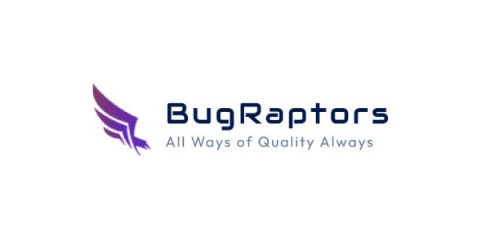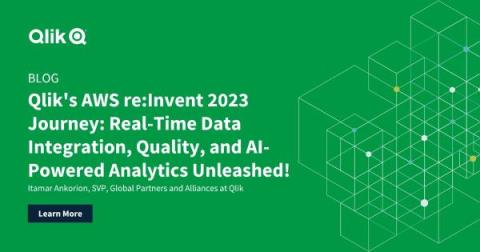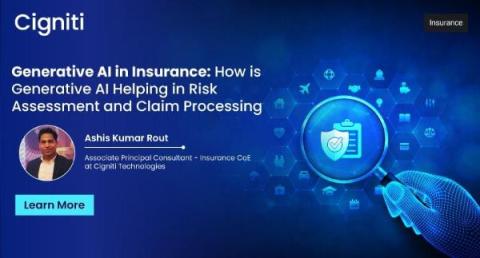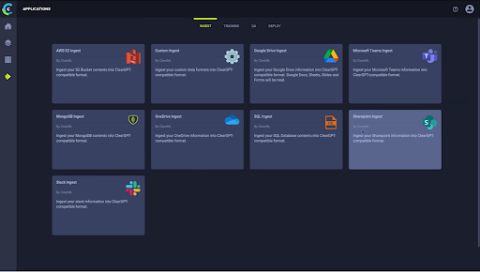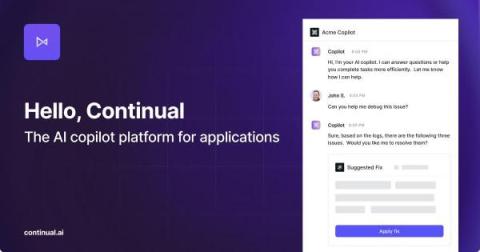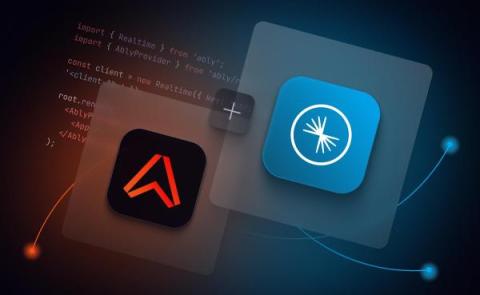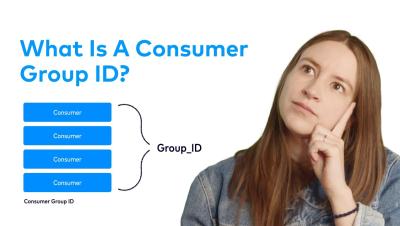Systems | Development | Analytics | API | Testing
Technology
Qlik's AWS re:Invent 2023 Journey: Real-Time Data Integration, Quality, and AI-Powered Analytics Unleashed!
Generative AI in Insurance: How is Generative AI Helping in Risk Assessment and Claim Processing
Generative artificial intelligence represents a category of AI that utilizes generative models to produce text, images, or other forms of media. These models grasp the intricacies and structure of their input training data, enabling them to generate new data with similar characteristics. In insurance, generative AI plays a pivotal role in expediting digitization processes.
How to Build Accurate and Scalable LLMs with ClearGPT
Large Language Models (LLMs) have now evolved to include capabilities that simplify and/or augment a wide range of jobs. As enterprises consider wide-scale adoption of LLMs for use cases across their workforce or within applications, it’s important to note that while foundation models provide logic and the ability to understand commands, they lack the core knowledge of the business. That’s where fine-tuning becomes a critical step.
Generative AI Is The Key To Transforming The Telecom Industry
The telecom industry is undergoing a monumental transformation. The rise of new technologies such as 5G, cloud computing, and the Internet of Things (IoT) is putting pressure on telecom operators to find new ways to improve the performance of their networks, reduce costs and provide better customer service. Cost pressures especially are incentivizing telecoms to find new ways to implement automation and more efficient processes to help optimize operations and employee productivity.
Hello, Continual: The AI copilot platform for applications
If you’re building an application today, one of your top product priorities for 2024 is almost certainly adding an AI copilot to your application. AI copilots – AI assistants powered by large language models (LLMs) and deeply embedded into applications – offer one of the most compelling opportunities to reimagine applications since the dawn of the internet.
Building Efficient Data-Driven Apps: A GraphQL Tutorial for iOS App Developers
GraphQL is a query language and runtime for APIs, developed by Facebook in 2012 and later open-sourced in 2015. And it has changed the way we fetch data from our server. Typically, most front-end clients – like React, Angular, Vue, or mobile apps like iOS and Android – use REST APIs to fetch data from the server. REST APIs require more HTTP calls than GraphQL, which leads to over and underfetching.
Future of Testing IoT & AI Systems | Security Testing Skills | Jon Hagar #securitytesting #ai #iot
No more refreshing: Achieving low latency data with Ably and Confluent Cloud
Realtime data is rapidly becoming a standard in many consumer applications. From responsive chat applications to low latency financial applications, nobody wants to refresh their browser for new data. With lots of data bouncing around Kafka behind a firewall, it begs the question of how you can serve this information to your users without sacrificing on latency. Ably provides a seamless way to serve this data to your end users devices, globally, through a direct integration with Confluent Cloud.


